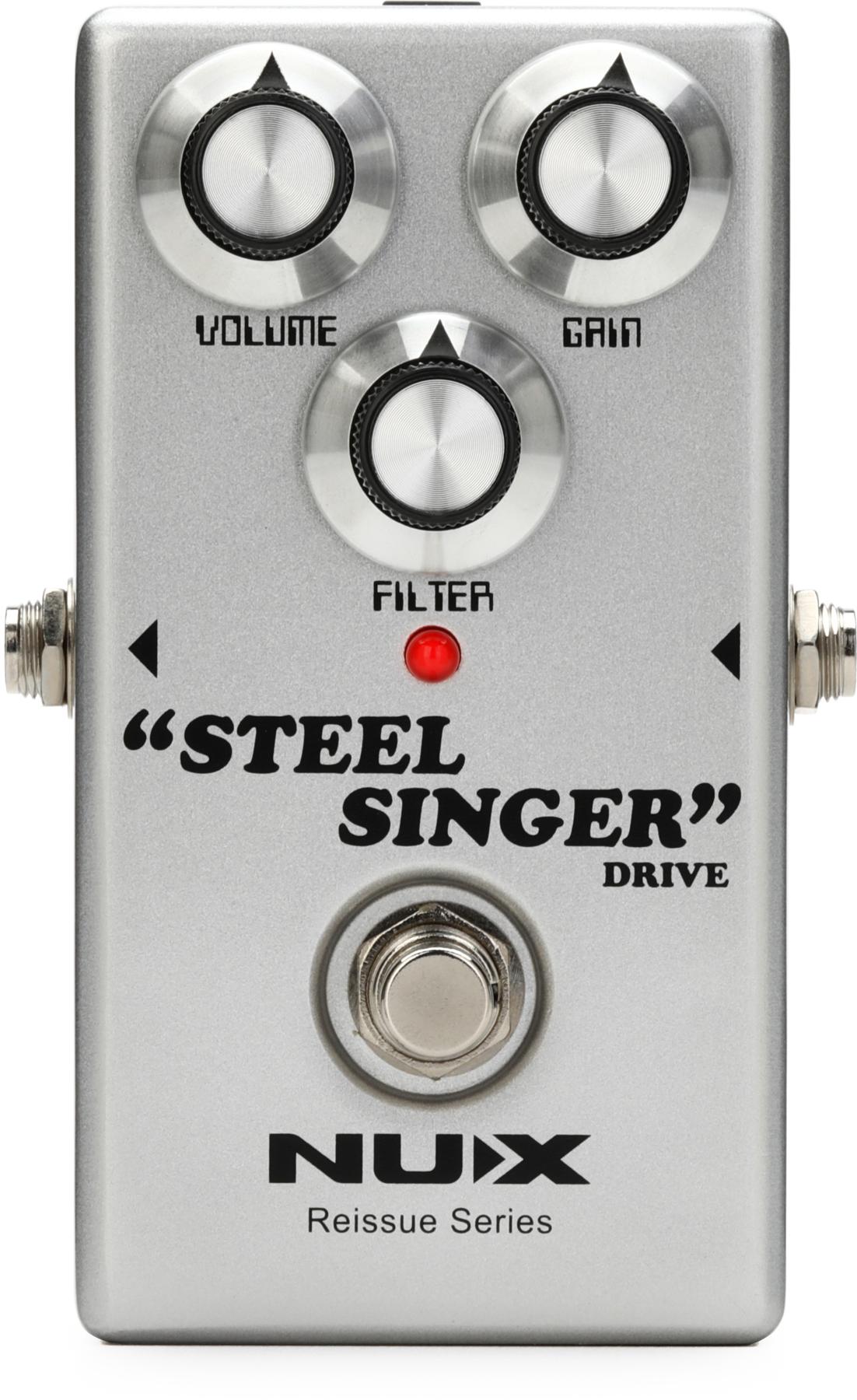San Diego, CA (May 13, 2015) -- Kiesel Guitars and the Carvin Guitars Custom Shop is now offering our new Kiesel Passive Lithium Series humbuckers as replacement parts. These are the same pickups that have been used in some of our popular new models, such as the DC800 extended range 8-string guitar and Vader headless 6-, 7- and 8-string guitars. Bridge and neck models are available, in 6, 7 and 8 string configurations. For a limited time you can upgrade your Custom Shop Kiesel or Carvin Guitar to these pickups for no charge.
Lithium Series humbucker pickups were made for the demanding modern music, where clarity, focus and articulation is needed. From standard to drop tuning, this series offers great versatility and has an excellent balance between power and clarity. Patented six point star headed (also known as Torx) adjustable pole pieces give the proper amount of mass to add the needed focus and get amazing attack. The expensive Alnico V magnets produce a rich, powerful sound with warmth that is not available from less expensive ceramic magnets.
These feature one coil loaded with adjustable pole pieces and the other coil loaded with non-adjustable slugs. Lithium Series pickups feature industry standard sizing so these are direct replacements for brands such as Duncan, Dimarzio, Bare Knuckle, and Lundgren.
The standard color is black, but white coils, cream coils and zebra coils (white/black or cream/black) are also available. The 6-string versions can also be ordered with black or cream mounting bezels.
Prices range from $89.00-$109.00.
For more information:
Carvin Guitars














![Rig Rundown: Russian Circles’ Mike Sullivan [2025]](https://www.premierguitar.com/media-library/youtube.jpg?id=62303631&width=1245&height=700&quality=70&coordinates=0%2C0%2C0%2C0)











